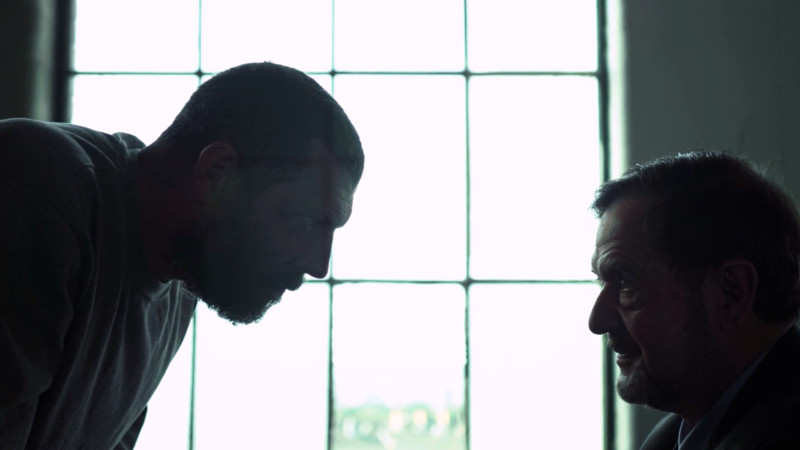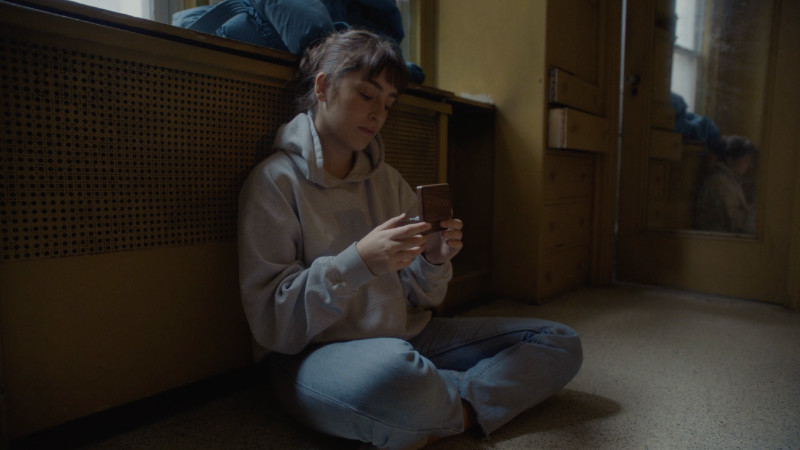After suffering an anxiety attack in public, a young woman decides to never leave her apartment again.
Director’s Vision for ‘3 Seconds In, 6 Seconds Out’
My first panic attack was five years ago. My heart was racing, my chest felt tight, and my breath was shallow and out of control — I was sure that I was dying. It wasn’t until I left the hospital that I learned that there was nothing, physically, wrong with me. I was left with the guilt that I had wasted precious time and resources, but also a lingering fear that one of these random attacks could happen again. 3 Seconds In, 6 Seconds Out seeks to explore these emotions that straddle the fluctuating boundary between comfort and anxiety.
The switch between horizontal and vertical aspect ratios in the film creates a counterbalance between comfort and anxiety that invites the viewer to consider how the framing reflects Hanna’s state of mind. One of my goals in taking this approach is to invert the notion that a narrow aspect ratio can only be used to convey a sense of danger, fear, or constraint. Instead, we see Hanna most at ease within the narrow vertical frame, which functions as a kind of firm embrace reminiscent of the deep pressure therapy techniques used to treat anxiety.
I wish that this could be a story of resilience in the face of adversity, but it’s not. I still struggle with panic attacks — some that even occurred during the production of this film. The shame has waned, but the anxiety still remains. Like Hanna, the most I can do is recognize what my body is doing and manage the sensations. Instead, I have tried to depict the fluidity of these emotions as authentically as possible while inviting the audience to reflect on their own conceptions of anxiety.



